In episode 29 of The Speech Space Podcast, we talk about what scaffolding is and why it’s important.
Scaffolding: What SLPs need to know
This episode is for you if you’d like to learn about:
-
- What scaffolding is and why we use it
- Different types of scaffolding
- A scaffolding hierarchy
- A free handout to take data on types of scaffolding that is effective for your students
Links and resources:
Full Transcript of Podcast: Scaffolding for SLPs
Episode 29 - Scaffolding for SLPs
You're listening to the Speech Space Podcast, a podcast full of tips and resources for SLPs. I'm your host, Jessica Cassity, and this is Episode 29.
Hey everyone! Today, we are going to be talking about scaffolding. You know, most of us probably have a general hierarchy or approach that we use when we're working with our students. However, are we putting thought into the hierarchy that we're using or better yet, do we keep track of what types of scaffolding a particular student response to? I'm here today to talk about that and to provide you with a free handout to keep track of your student's responses to different types of scaffolding. In addition to kind of just summarize the different types that I'm going to discuss in this episode today. So let's just jump right in and talk about what scaffolding is and some of the different types.
So, in case you've never heard the term before, scaffolding is done to help to build a bridge between what a student already knows and what they have yet to learn. Now this concept relates to Vygotsky's Zone of Proximal Development. And if you don't remember learning about that in grad school, the Zone of Proximal Development is a distance between what a learner can actually do by him or herself and what the learner can do with the help of a more knowledgeable adult or peer. So before I begin, I wanna say that many of these techniques are probably things that you're using all the time, but you may or may not be familiar with the technical name for what you're doing.
So first up is modeling. And this is simply where we model the target structure for our students. It's essentially just demonstrating exactly what we want our students' response to be. So you might ask, "How was the dog feeling?" And say, you get no response. So you might ask again and you still get no response. So you're going to model the answer for your student, and maybe say "sad." And being an SLP, you're probably going to do more than just say the word "sad." You might, you know, kind of make a sad expression with your face, or you might use your hands to kind of gesture tears coming down your face. So you're really, you know, going outta your way to explain to them what that target response is so they understand.
Next is binary choice. Now, this is simply just providing your students with two choices. So, perhaps you say, "Is the dog sad or happy?" or "Is it the red car or the blue one?"
Next is cloze procedures. Now this is is where we start a sentence and stop and pause waiting for our students to finish the sentence. So say the target response is dog. In this case, we might be referring to a picture in a book and we say, "This is a...," and then we wait. And as you can see, what we're doing here is just waiting for our student to fill in that blank for us.
Next is expansion. So, for example, you might ask a student, "What is the dog doing?" And your student says "sleep." Then you might say, "Yes, the dog is sleeping in his bed." So here you're just expanding on what your student originally said, but you're using more complex language structure.
Next is comprehension questions. So this one is just as simple as it sounds. You're just asking a question here, maybe something like, "Why do you think the dog was growling?" And this can be nice for those students that might give you a blank stare when you ask them to tell you what happened in a story.
Now remember, it might not be that the use of one strategy in isolation is what works best for a given student, but perhaps a combination of the strategies above. And if you're looking for more of a hierarchy to follow. A small study done by Losardo and Botts looked at a few four-year olds using a systematic approach with scaffolding. And they started with the least intensive type of support and then progressively provided more assistance if it was needed. So their structure was presented in the following order. They started off with general nonverbal, and this was a nonverbal prompt or cue that could include something like expectant or quizzical looks and gestures, delays, presentation of materials, choices or environmental arrangements. And then next was a comment or model, and this can include any verbalization that provided information about the child's learning objective. So here the adult uses words like "watch" or "listen." Next in the hierarchy was to question and these could be open-ended questions, closed questions, or yes/no questions. And last was direction, and direction could include instructions that require response from the child or requests for verbalizations.
So, say we're using this model here, so let's pretend we're reading a book about dogs and we're waiting for our student to tell us what's going to happen next. So our first step would be to start off with general nonverbal. And we might just give our student a quizzical look and wait. And say they didn't generate the desired response, then we would move on to commenting or modeling and say something like, "I think the dog is going to run away." And if that still didn't get our desired response, then we would move on to questioning and we might ask, "What do you think the dog is going to do?" And if we still aren't getting our desired response, then we're going to move on to direction. And we might say something like, "Tell me the dog is going to run away."
So in this small study that I referred to, the clinicians initially started off with the most intensive type of scaffold, which in this case was direction. Then by the end of the study, the clinicians were able to rely on the least intensive type of scaffolding, which was general nonverbal. And it was reported that this was maintained up to six weeks after the study ended.
So I hope you guys found this to be helpful. And like I mentioned in the beginning of a show, I do have a handout for you that summarizes these scaffolding procedures and also provides a data collection sheet so you can determine which strategies are the most effective for certain students or groups. You can access that handout on the show notes page if you go to bit.ly/slpscaffolding. And on that show notes page, there will be a link there at the bottom in the links and resources section that will take you right to that handout. So I hope that you have found this to be helpful. And as always, if you would please be so kind as to take a brief moment and to leave a five-star review for the show, I would be ever so appreciative. That for one, lets me know that there's SLPs out there that are listening to this and liking it, and it also helps other SLPs to be able to find this show. All right, you guys, thank you so much for tuning in. I really do appreciate it. And if you have any requests for episode topics, go ahead and shoot me an email at jessica@thedigitalslp.com and let me know. All right, bye for now.


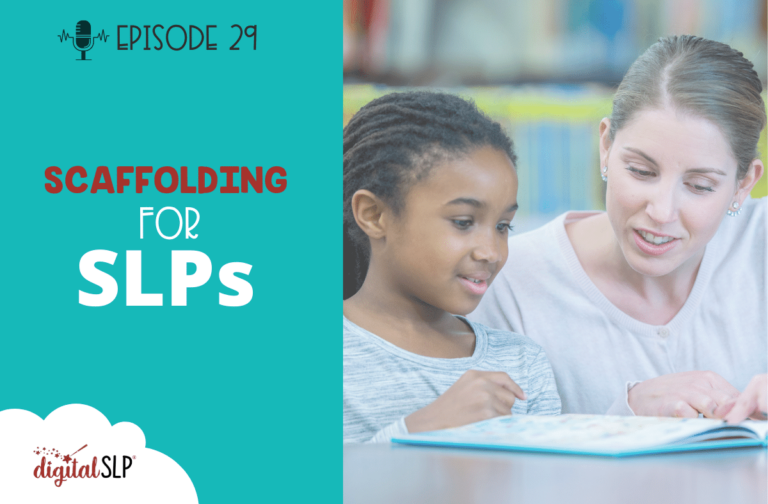



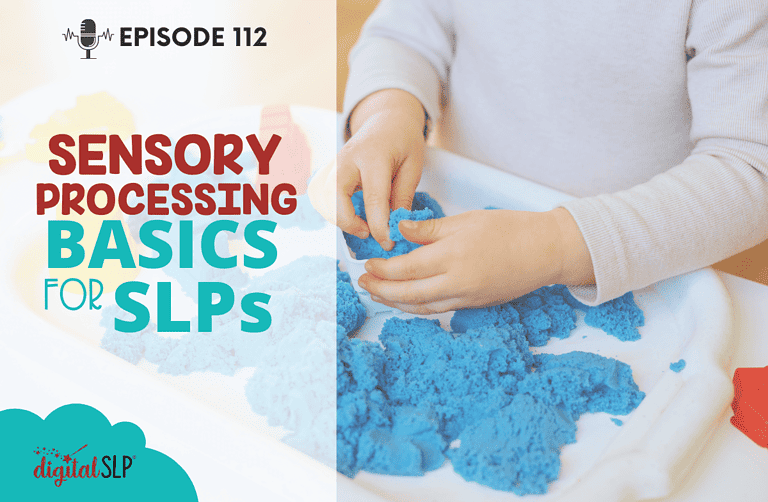
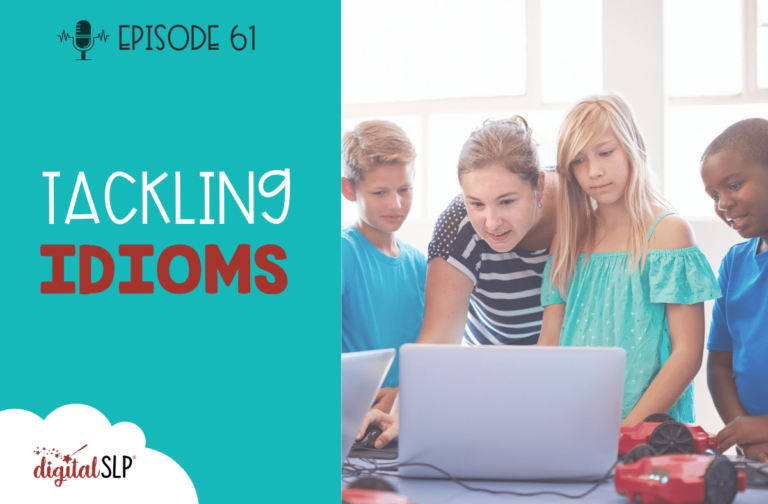
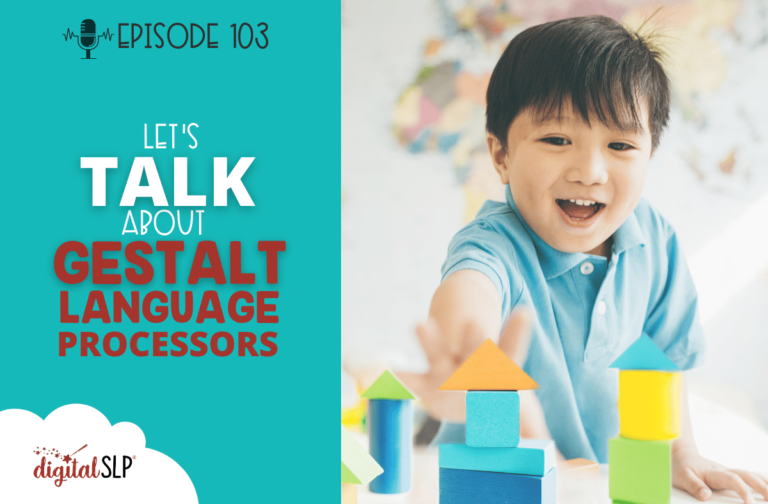
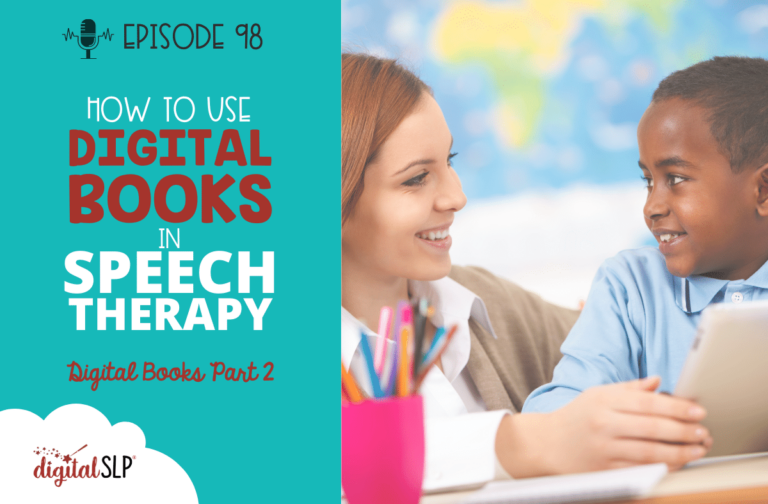
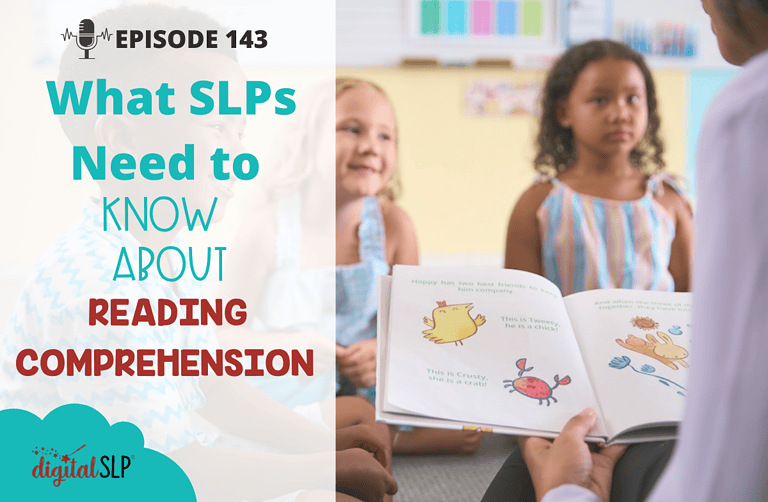
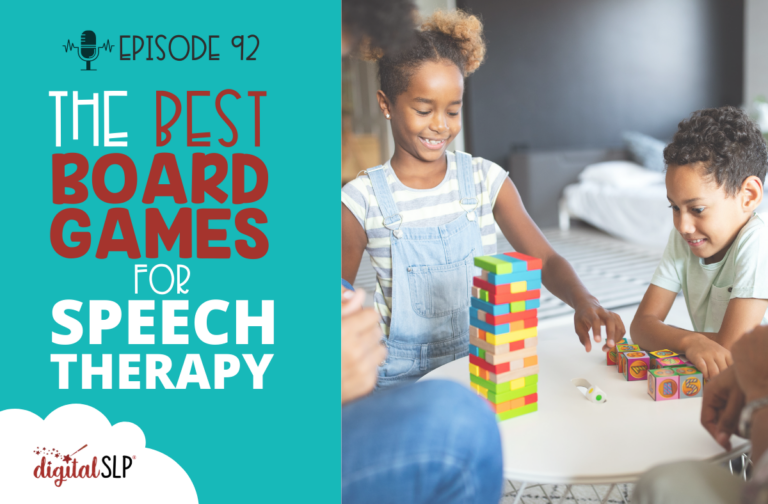

Recent Comments